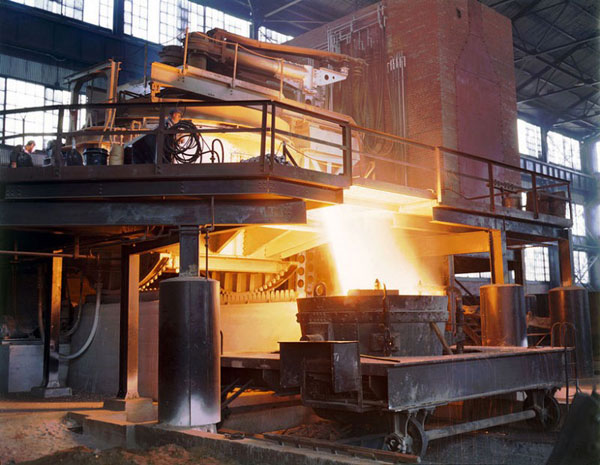
This article discusses the characteristics and application of silicon-manganese alloy in the iron and steel industry. It also discusses its production process. This alloy is used for many different purposes, including reducing the carbon content of steel and making it easier to process.
In this study, we report on the analysis of silicon-manganese alloy (SiMn) in the iron and steel industry. We studied slag samples from a silicon-manganese iron producer in Minas Gerais, Brazil. The silicon-manganese iron producer has a production capacity of about 5000 t/month and produces rail ballast for around 3000 t/month. We performed X-ray diffraction, chemical analysis, scanning electron microscopy, and free lime content assays.
The Si-Mn alloy has a number of uses in the iron and steel industry. In the steelmaking process, it acts as an alloying agent and deoxidizing agent. This element binds with oxygen, and thus deoxidizes the steel, resulting in a cleaner end-product. In addition, the Si-Mn alloy separates from the melt more easily than Fe-Si.

The production process of silicon-manganese-alloy in the iron and steel industry is characterized by two main steps. The first step involves smelting of the raw material, which is manganese ore. The next step involves adding the necessary quantities of coke and silicon to reduce the carbon content of the mixture. After the carbon content is reduced, remelting the mixture is performed by adding coke to increase the reduction rate of manganese in the slag. This method is highly efficient because it requires low investment and makes use of discarded slag. In addition, it reduces unit power consumption by 50 percent and soot emission by 80 percent. It also reduces the unit cost of production by 10 to 25 percent.
The Si-Mn alloy is a low carbon alloy that is produced by upgrading standard alloy by adding Si waste from the Fe-Si alloy industry. It has a density of 6.1 grams per cubic centimeter and a melting point of 1060 degrees to 1350 degrees C. The alloy has excellent corrosion and heat resistance properties.
The application of silicon-manganese alloys in the iron and steel industry has become an important development in recent years. The production capacity of silicon-manganese iron is about 5000 tons per month, while its use in rail ballast is around 3000 tons per month. The production process results in a slag that contains silicon iron and manganese, which is then reused in the manufacturing process.
Adding silicon to steel enhances its strength and deoxidizing properties. Because the element has a low melting point, it is easy to float up and deoxidize steel. A large proportion of silicon and manganese is used in the production of carbon steel and alloy steel. Manganese is also an important desulfurizing agent, a critical component of all industrial steels.
Silicon-manganese alloys are one of the most commonly used alloys in the iron and steel industry. These metals have excellent desulfurizing and deoxidizing properties. Silicon-manganese alloys are produced through a process that involves the simultaneous reduction of silicon and manganese with carbon in electric reduction furnaces. The raw materials include manganese ore and quartz. The process also requires the use of reducers, which adjust the composition of the steel co-product.
Silicon-manganese alloys are created by reducing manganese oxide contained in manganese ore. These alloys are then added to steel, where they serve as a desulfurizing agent. The addition of silicon to steel is beneficial as it increases the hardening properties and improves the mechanical properties of the steel.

Write a Message